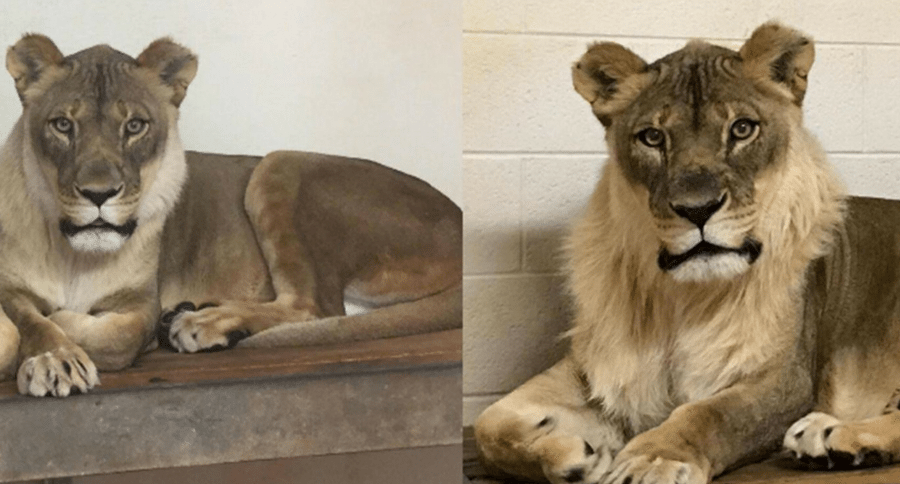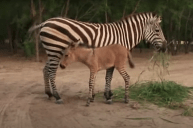An African lioness's head has become the mane attraction at the Oklahoma City Zoo.
Bridget the lioness isn't like other female lions. In March of 2017, she started developing excess shaggy hair around her neckline. By March of 2018, the lioness had a full-blown beard, looking like a sandy-haired Santa Claus.
The 18-year-old big cat has had numerous vials of blood drawn in an effort to find the science behind the phenomenon. Manes are almost exclusively reserved for male lions. Bridget the lioness proves a rare exception.
Bridget's mane, however, appeared much later in life than normal puberty-aged lions, who usually begin to sprout the lush facial hair around one year old.
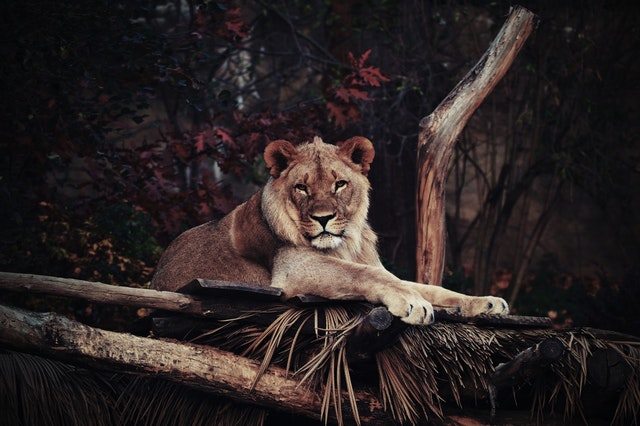
An adolescent male lion beginning to grow a mane.
Previous to Bridget's "mane attraction," researchers had noted occasional wild lionesses with the extra hair. Five maned lionesses were spotted in one group on a Botswana safari in 2014, and all the felines even showcased male behavior, such as roaring. Scientists surmised the lionesses likely came from the same pride, thus making the exhibition of the rare phenotype a genetic trait.
In 2011, a 13-year-old lioness named Emma at the National Zoo in South Africa also grew the start of a mane.
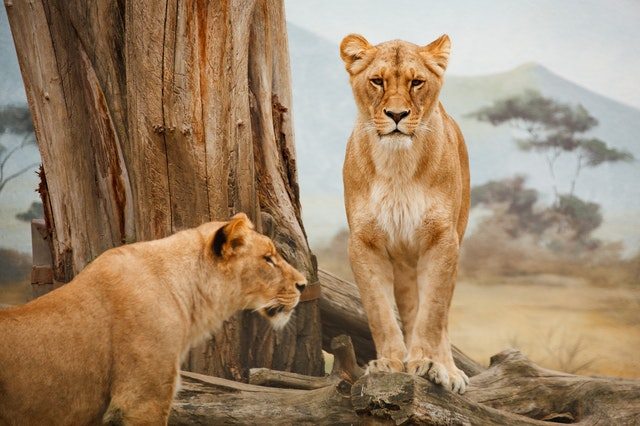
The normal appearance of African lionesses, lacking manes.
All of those female manes, however, are not as all-encompassing as an adult male lion's. Instead, the mini manes resemble the initial growth stages of an adolescent lion.
In Emma's case, the production of excess testosterone led to the mane growth after the lioness had ovarian complications. The hair dwindled once her ovaries reverted back to normal.
Scientists have even gone so far as to suggest that the potential mutation is actually evolutionarily advantageous because it presents the illusion that more males are protecting the pride, thereby warding off competition.
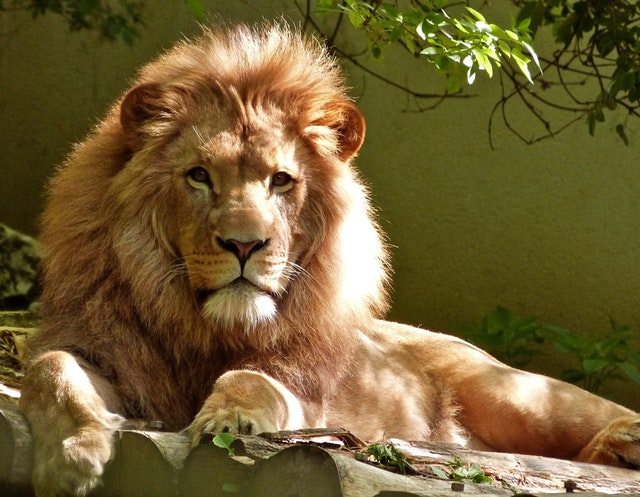
The lush, full mane of an adult African lion.
Bridget has not exhibited any behavioral changes since growing the mane. Her caretakers expect that her blood test results will unveil a hormone imbalance and that, similar to Emma, the mane may recede as balance is restored. However, a benign tumor on one of the body's hormone centers, such as the adrenal or pituitary glands, could be behind the abnormal testosterone levels, which would not mean good news.
For now, Bridget the 18-year-old lioness seems to be living a happy life with her twin sister, Tia.
Thanks to this iconic lioness, Bridget's curious case proves that different is beautiful.
What do you think of this lioness's mane? Tell us in the comments below.
WATCH NOW: Trouper the Raccoon Is Now a Wildlife Ambassador
